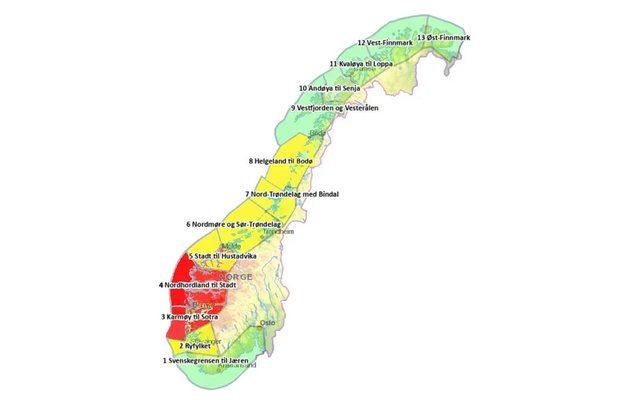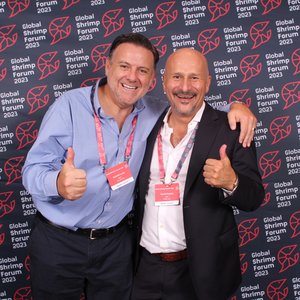Six of Norway's thirteen aquaculture production areas have been given the green light, meaning farmers can increase production in these areas. Five areas received yellow light and two areas received red light. In the red areas, production capacity must be reduced and in the yellow ones, there are no changes in production capacity. The colors of the traffic light system are set based on how the salmon lice affect the wild salmon in the area, and determine whether farmers in the area are allowed to increase or reduce their production capacity.
“We continue to facilitate growth in the areas where the effect of salmon lice on wild salmon is acceptable. It also means that production capacity is kept unchanged in several areas and that we reduce production capacity in areas with unacceptable impacts,” said Fisheries and Oceans Minister, Cecilie Myrseth.
The decision could result in a growth of around 21,000 tonnes in production capacity.
Two production areas get a red light and must reduce production capacity by 6%: Karmøy to Sotra (PO3) and Nordhordland to Stadt (PO4). This is the third time production capacity has had to be reduced in PO4, and the second time production capacity has had to be reduced in PO3.
“I am concerned about the increased impact of salmon lice in several areas, and that this is happening despite the measures to reduce the impact. If the industry aims to grow, it will have to make changes to reduce the discharge of salmon lice larvae from farms,” said Myrseth.
New this year is an assessment of particularly important and vulnerable salmon stocks, and whether they are more affected than other stocks in the same area. It has also been assessed how wild salmon have been affected by salmon lice over the past seven years and what this means for wild salmon populations as a whole. At the same time, farming provides income, both for business and the public sector. Decisions about coloring therefore involve a balancing of various considerations.
“The new coloring in the traffic light system will ensure more jobs, more Norwegian food production, greater value creation and increased export income for Norway,” said Myrseth.
Industry reaction
Sjømatbedriftene is disappointed with the government's coloring of the traffic light system. The organization leader, Robert H. Eriksson, believes that the government is pursuing a proven policy which is in the process of painting the coast red.
The seafood companies also demand that for those companies that invest in zero- and low-emission technology, the reduction in production capacity should be released. In addition, they suggest that there should be a conversion solution that allows them to increase production when moving from traditional farming systems to new zero- and low-emission technologies.













